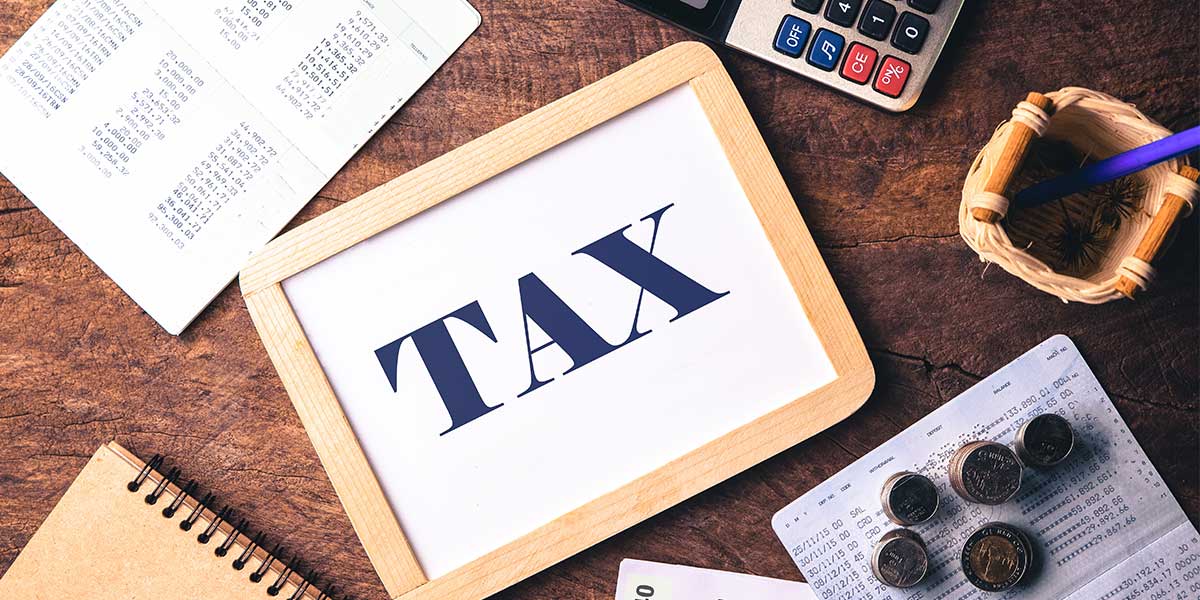
Income tax is the hard truth that every salaried employee in the taxable bracket has to live with. It has to be paid. In spite of this, it is commonplace to find people not making wise and timely investments to minimise the impact of the tax. Reasons for the same are either ignorance of law or limitation of time.
Sumeet Khurana, Director – Direct Tax, Lakshmikumaran & Sridharan told Moneycontrol that all the salaried individuals should follow the statutory conditions of claiming the benefit in right manner as mentioned under the law. “If they have probable queries that the tax authorities may raise while scrutinising the claim, they should clarify immediately with the advisers or concerned authority while filing deductions to take tax benefit,” he said.
Salaried employees need to know that the income tax act, 1961 provides various tax saving opportunities which are discussed below:
=| House rent allowance (HRA) is a significant constituent of an individual’s salary structure. It is important to know that in case an employee is staying in a rented accommodation, HRA can be claimed as tax exempt, as per the prescribed rules.
=| Divya Baweja, Partner, Deloitte India told that effective tax year 2018-19, the government has done away with the exemption available towards medical expenditure and transport allowance. These two allowances have been compensated with the introduction of standard deduction of up to Rs 40000. “The trade-off between the two has benefited the individuals with an additional tax exempt income of Rs 5800,” he said.
=| The law provides various tax saving avenues, e.g. investment made towards Public Provident Fund, Life Insurance Corporation premium, National Savings Certificate, Sukanya Samriddhi Yojana, repayment of housing loan principal, Equity Linked Savings Scheme, 5-year fixed deposits with banks and post office, tuition fees paid for children’s education, etc. are eligible for deduction under up to a maximum of Rs 150000.
=| Additional deduction of Rs 50,000 a year can be claimed by employees contributing to the National Pension System (NPS). Contribution to NPS was restricted to only government employees until 2009. The benefit in the hands of the employee is in addition to the deduction which an employer claims towards the employer’s share of contribution to NPS.
=| Payment made towards medical insurance is also eligible for tax deduction. Divya Agarwal is Senior Manager with Deloitte Haskins and Sells LLP told that employees can claim a deduction of up to Rs 25,000 for payment made towards medical insurance taken for self, spouse and dependent children. “In addition, deduction of Rs 50,000 can be claimed for medical insurance taken for parents aged 60 years or above,” she added.
=| In order to give impetus to learning, the specific deduction is available for individuals who have taken an education loan for higher studies. The deduction can be claimed towards interest paid on such loan for a period of eight tax years. However, the principal loan repayment does not qualify for a deduction.
=| Another vital tax saving tool is the interest component forming part of EMIs (equated monthly instalments) paid towards home loans. While computing income under the head house property, homeowners can claim a deduction of maximum Rs 2 lakh annually for a self-occupied property. In case of a let out property, the deduction can be claimed for the entire interest paid. Tarun Garg is Manager with Deloitte Haskins and Sells LLP told that effective tax year 2017-18 set-off of house property loss against income under other heads is limited to Rs 2 lakh. “Balance loss can be carried forward for eight tax years and set-off against house property income earned in that year,” he said.
Total Tax Saving
Considering the above avenues, a salaried taxpayer can claim a benefit of approximately Rs 6,15,000 (This includes standard deduction of Rs 40000, loss under the head house property of up to Rs 2 lakh deduction under Section 80C of Rs 1.5 lakh, contribution to NPS of Rs 50000, medical insurance premium of Rs 75000 and interest paid for education loan of Rs 1 lakh) and save tax of Rs 1,91,880 (Assuming the individual is subject to tax at the rate of 30% plus 4% cess). While the avenues for tax savings are limited, a prudent review of these avenues can help a salaried employee in reducing the tax burden.
Source: moneycontrol
ALSO READ :- Calculation of Income tax – Retired employee above the age of sixty years but below the age of 80 years









